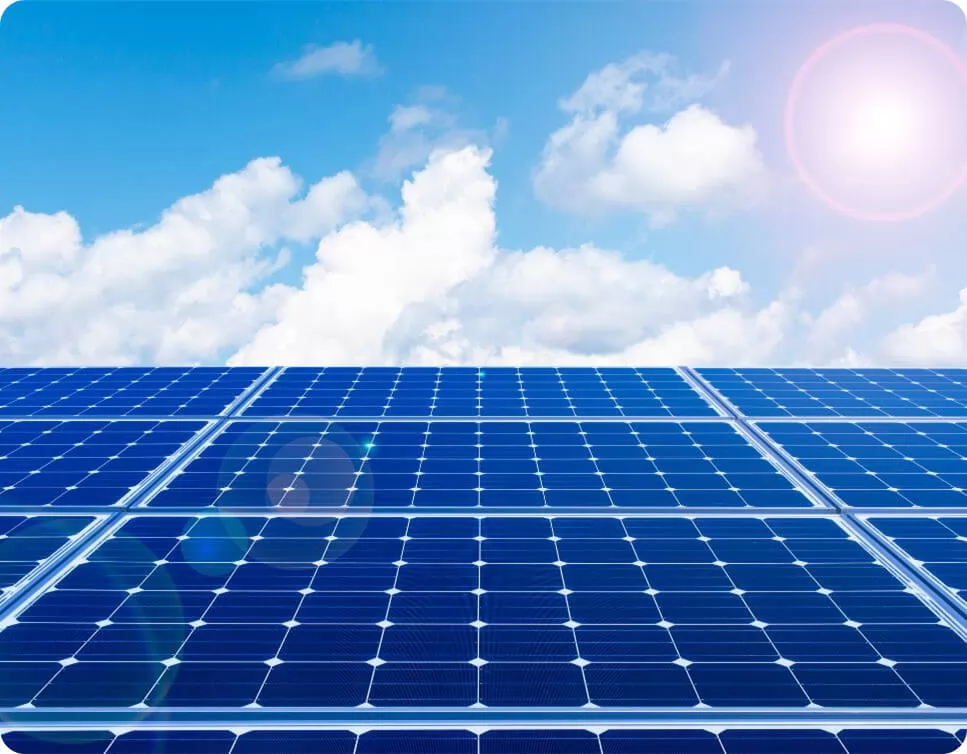Sputtering targets are materials that are used to deposit thin films on various substrates by a physical vapor deposition (PVD) technique called sputtering. Sputtering is a process in which atoms or molecules are ejected from a target surface by the bombardment of energetic particles, usually ions of an inert gas. The ejected atoms or molecules then condense on a substrate, forming a thin film with the same composition as the target material.
Sputtering targets can be made of metals, alloys, ceramics, or compounds, depending on the desired properties of the thin film. Sputtering targets can have different shapes and sizes, such as planar, cylindrical, or rotary, depending on the type of sputtering system. Sputtering targets can also have different purity levels, ranging from 99.9% to 99.9999%, depending on the application requirements.
Sputtering targets are widely used in various industries, such as flat panel display, semiconductor, microelectronics, protective and decorative coating, glass coating, and solar photovoltaic. Some examples of the applications of sputtering targets are:
● Flat panel display:
Sputtering targets are used to deposit thin films of indium tin oxide (ITO), aluminum zinc oxide (AZO), or other transparent conductive oxides (TCOs) on glass or plastic substrates, which are used as electrodes or touch screens in liquid crystal displays (LCDs), organic light-emitting diodes (OLEDs), or thin film transistors (TFTs).
● Semiconductor:
Sputtering targets are used to deposit thin films of silicon, germanium, or other semiconductor materials on silicon wafers, which are used as the base material for integrated circuits (ICs) or microchips. Sputtering targets are also used to deposit thin films of metals, such as copper, gold, or silver, or alloys, such as nickel chromium, or titanium tungsten, which are used as interconnects or contacts in ICs.
● Microelectronics:

Sputtering targets are used to deposit thin films of metals, such as platinum, palladium, or iridium, or oxides, such as tantalum oxide, or niobium oxide, which are used as electrodes or capacitors in microelectromechanical systems (MEMS) or nanoelectromechanical systems (NEMS). Sputtering targets are also used to deposit thin films of magnetic materials, such as iron, cobalt, or nickel, or alloys, such as permalloy, or cobalt iron, which are used as read/write heads or sensors in hard disk drives (HDDs) or solid state drives (SSDs).
● Protective and decorative coating:

Sputtering targets are used to deposit thin films of metals, such as chromium, titanium, or zirconium, or nitrides, such as titanium nitride, or zirconium nitride, which are used to enhance the hardness, wear resistance, corrosion resistance, or aesthetic appearance of tools, molds, dies, jewelry, watches, or other products.
● Glass coating:

Sputtering targets are used to deposit thin films of metals, such as silver, or oxides, such as tin oxide, or titanium oxide, which are used to improve the thermal insulation, solar control, or self-cleaning properties of architectural glass, automotive glass, or other glass products.
● Solar photovoltaic:

Sputtering targets are used to deposit thin films of metals, such as aluminum, or copper, or compounds, such as cadmium telluride, or copper indium gallium selenide, which are used to convert sunlight into electricity in solar cells or modules.
Sputtering targets are essential materials for the development of advanced technologies and products in various fields. Sputtering targets have many advantages, such as high deposition rate, uniform film thickness, good adhesion, and low contamination. Sputtering targets also have some challenges, such as high cost, limited availability, and complex fabrication. Therefore, sputtering targets require continuous research and innovation to meet the increasing demands and expectations of the market.



.png)

 +86-731-84027969
+86-731-84027969
 info@xk-sputteringtarget.com
info@xk-sputteringtarget.com







.png)

.png)
.png)
.png)